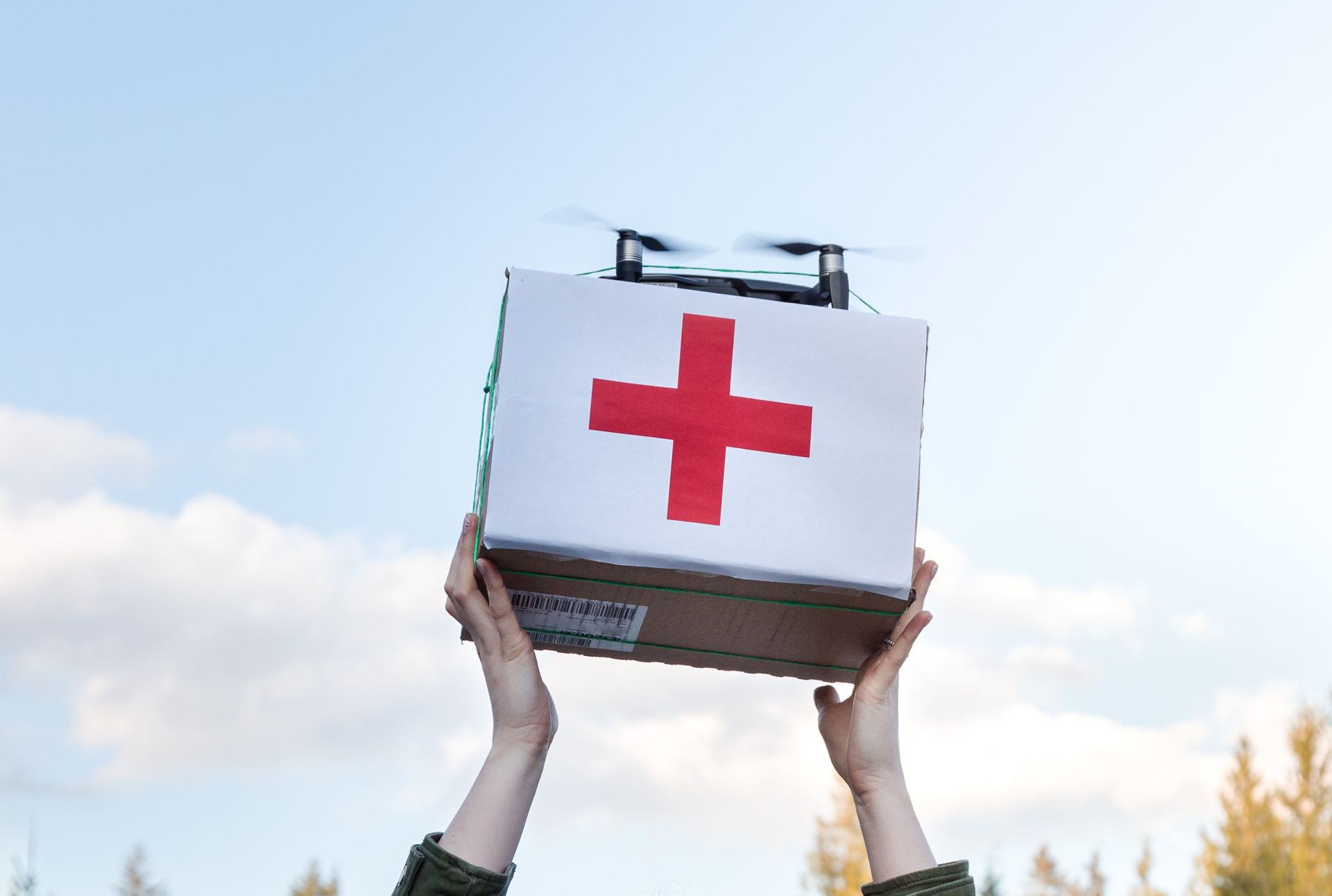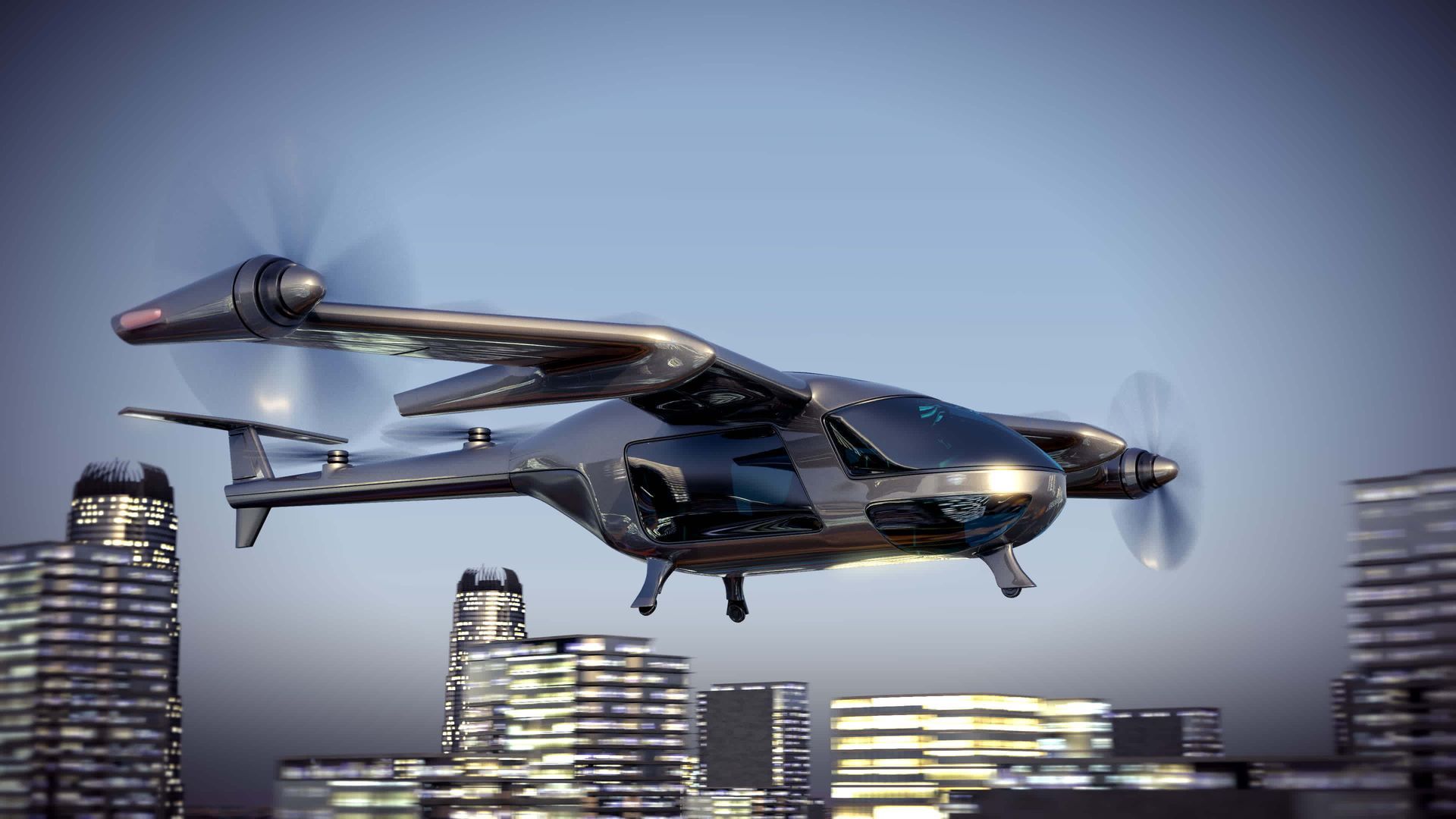Commercial Drone Deliveries
Maximising Logistical Efficiencies
In our fast-paced urban environments, finding innovative solutions to expedite deliveries, reduce costs, and foster sustainability is paramount. Enter commercial drone deliveries, a game-changing technology that has the potential to transform the way goods are transported within cities.
In this blog, we will explore how these aerial couriers are poised to increase efficiencies, revolutionize urban logistics, and pave the way for a more sustainable and eco-friendly future.
Expedited Deliveries: Imagine a world where parcels and goods are delivered swiftly, bypassing congested streets and gridlocked traffic. Commercial drones offer just that. With the ability to navigate directly from point A to point B, they eliminate the limitations imposed by traditional ground transportation. This expedited delivery process not only saves time but also enhances customer satisfaction, making it a win-win for businesses and consumers alike.
Cost Reduction: The implementation of commercial drone deliveries brings significant cost-saving opportunities. Drones can cover long distances more efficiently and at a fraction of the cost compared to traditional delivery methods. With reduced labor and fuel expenses, businesses can optimize their operations, streamline their supply chains, and ultimately pass on these savings to their customers.
Sustainability and Eco-Friendly Approach: In an era where environmental concerns take center stage, commercial drone deliveries provide a more sustainable alternative. By replacing gas-guzzling vehicles with electric-powered drones, carbon emissions are significantly reduced. These eco-friendly deliveries contribute to cleaner air, reduced noise pollution, and a smaller carbon footprint. Additionally, drones offer the potential for optimized route planning, minimizing energy consumption and further enhancing their sustainability.
Improved Last-Mile Logistics: The last-mile delivery challenge has long been a pain point for urban logistics. Commercial drones offer a breakthrough solution by efficiently reaching customers in dense urban areas, remote locations, or areas with limited infrastructure. By bypassing traffic congestion and infrastructure limitations, drones ensure prompt deliveries, even to the most hard-to-reach destinations. This ability to optimize last-mile logistics translates into improved operational efficiency and customer satisfaction.
Regulatory Considerations and Future Prospects: While the potential of commercial drone deliveries is undeniable, their widespread adoption faces regulatory challenges. Ensuring safety, privacy, and airspace management are critical aspects that require careful consideration. However, as technology advances and regulations adapt, the future prospects for commercial drone deliveries are promising. We can expect increased collaboration between regulators, businesses, and communities to unlock the full potential of this revolutionary delivery method.
Conclusion: Commercial drone deliveries offer a tantalizing glimpse into the future of urban logistics. With expedited deliveries, reduced costs, and a sustainable approach, these aerial couriers have the power to revolutionize how goods are transported within cities. As we navigate the regulatory landscape and embrace technological advancements, commercial drones will play a pivotal role in increasing efficiencies, reducing environmental impact, and shaping a more connected and sustainable urban landscape. The sky is no longer the limit; it's the pathway to a more efficient and eco-friendly future.






